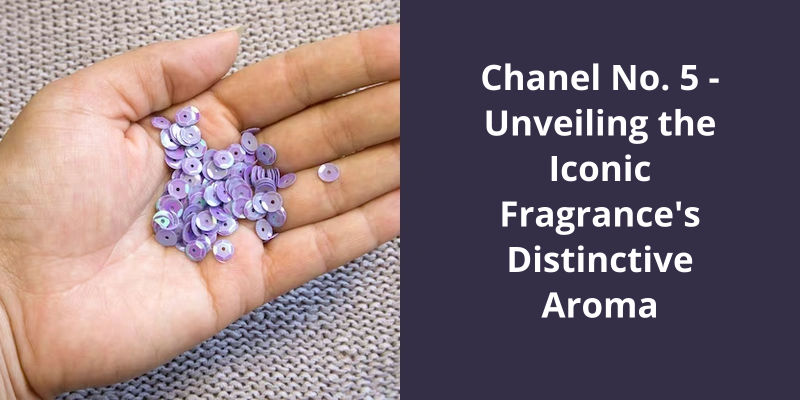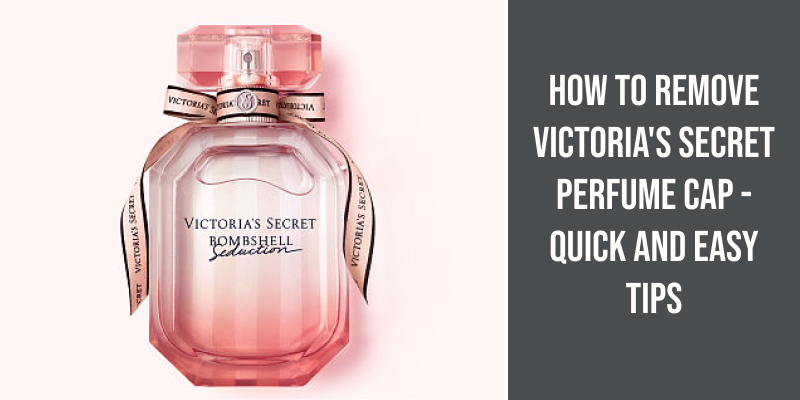It’s unique and captivating scent has been enchanting women all over the world for over a century. From the moment it graced the market in 1921, Chanel No. 5 has been a symbol of sophistication and glamour. The essence of this iconic fragrance is captured in a floral bouquet that’s centered around May rose and jasmine, combined with bright citrus notes that create a sense of freshness. The addition of aldehydes gives the perfume a unique presence, and the smooth touch of bourbon vanilla makes it incredibly sensual. The resulting sillage is one that’s sure to turn heads and leave a lasting impression.

Does Chanel No. 5 Smell Powdery?
Chanel No. 5 is a fragrance that’s been popular for decades, and it’s easy to see why. It’s a unique and complex scent that’s both classic and timeless. Some people describe the fragrance as powdery, while others say it’s a fresh, soapy smell. The truth is, the scent of Chanel No. 5 is hard to pin down and can smell different on different people.
One of the reasons why Chanel No. 5 might be described as powdery is because of the blend of florals in the fragrance. Top notes of ylang-ylang and neroli give the fragrance a sweet and floral quality, while middle notes of jasmine and rose add a powdery, almost talcum-like aspect. The result is a fragrance that smells both light and airy while also being warm and comforting.
Some people may love the powdery quality of the fragrance and find it comforting and nostalgic, while others may find it overpowering and dated. The most important thing is to wear a fragrance that makes you feel good and confident, regardless of how others perceive it.
It’s unique scent profile and complexity ensure that it will continue to be beloved by fragrance enthusiasts for years to come, regardless of whether or not they consider it to be powdery.
The History and Legacy of Chanel No. 5: From It’s Creation to It’s Impact on the Fragrance Industry Today.
- Created by Gabrielle “Coco” Chanel in 1921
- Became an instant sensation with it’s unique blend of floral and musky scents
- Was one of the first fragrances to feature synthetic ingredients
- Has been worn by some of the most iconic women in history, including Marilyn Monroe and Coco Chanel herself
- Continues to be a top-selling fragrance worldwide
- It’s success has inspired countless imitations and copycats in the fragrance industry
- Chanel No. 5’s lasting legacy is a testament to the enduring power of a well-crafted fragrance
The story behind the iconic Chanel No. 5 fragrance goes beyond just it’s luxurious scent. It all started with the addition of a specific ingredient that had never been used before. The result was a unique concoction that caught the attention of Coco Chanel herself. But why does this perfume smell soapy? The answer lies in the intriguing properties of aldehydes, as Tilar Mazzeo explains in her book.
Why Does Chanel No. 5 Smell Soapy?
When we talk about perfumes, the name Chanel No. 5 is undoubtedly the first one to come to our minds. Launched in 1921, it’s one of the most iconic fragrances in history, and it’s popularity has never waned. But why does this perfume smell soapy? The answer lies in a revolutionary ingredient called aldehyde.
Ernest Beaux, a renowned perfumer, was commissioned by Gabrielle “Coco” Chanel to create a unique and modern fragrance that would reflect the changing times. Beauxs assistant suggested using a high dose of aldehyde in the perfume, which was unheard of before. Aldehydes are chemically derived compounds that have a distinct odor, usually described as soapy, waxy, or creamy.
It’s since become a staple ingredient in the perfumery world, and many famous fragrances use it.
The Different Types of Aldehydes Used in Fragrances Other Than Chanel No.5
- Acetaldehyde
- Butyraldehyde
- Vanillin
- Citral
- Formaldehyde
- Cinnamaldehyde
- Benzaldehyde
- Hexanal
- Octanal
But there’s more to why people love Chanel No. 5 than just it’s aesthetic appeal and versatility. In this article, we’ll explore the history behind the fragrance, the unique blend of ingredients that make it’s scent so iconic, and the cultural significance it’s held for nearly a century. Get ready to discover why Chanel No. 5 is more than just a pretty bottle on your vanity.
Why Do People Like Chanel No. 5?
Chanel No. 5 has been around for almost a century and has remained a signature scent of the Chanel brand. The fragrance itself is both complex and simple at the same time. It’s a blend of floral notes like jasmine and rose, balanced with woody and powdery scents. This blend creates an alluring fragrance that’s irresistible to many. It isn’t too sweet, nor is it too floral – it sits perfectly in the middle.
In addition to it’s beautiful fragrances, part of the allure of Chanel No. 5 is the association it’s with iconic celebrities like Marilyn Monroe, who famously said she wore nothing but a few drops of Chanel No. 5 to bed. This association with celebrities and iconic figures has helped cement Chanel No. 5s place in history as a timeless classic.
Chanel No. 5s staying power is remarkable. It lasts all day, leaving a light fragrance trail wherever you go. Unlike some fragrances that can be overwhelming, Chanel No. 5s subtle scent is perfect for any occasion, from a day at work to a night out.
There’s something about it’s unique blend of notes that’s simply irresistible. It’s delicate, but confident. Luxurious, but not snobbish. It’s everything you’d want in a fragrance, and it’s stood the test of time.
Source: Review of Chanel No. 5 Perfume: Is It Worth the Hype? – Byrdie
While many Chanel aficionados love the iconic scent of Chanel No. 5, some may notice a familiar aroma of baby powder. This may be due to the shared ingredients between the fragrance and baby products, such as the aldehyde accord, rosy and jasmine notes, ionones and methyl ionones, balsams, coumarin, vanilla and musks. In this article, we’ll explore why Chanel No. 5 has similarities to baby powder and how these shared fragrance components have influenced the perfume industry.
Why Does Chanel Smell Like Baby Powder?
Chanel No. 5 is a legendary fragrance that’s been a mainstay in the perfume industry for nearly a century. It’s become known for it’s unique scent profile, which is commonly described as powdery or floral. One of the key reasons why Chanel No. 5 has such a distinct scent is because of the different parts used in it’s creation.
Another important ingredient in the fragrance is the use of jasmine notes. It’s commonly used in baby products due to it’s soothing nature, making it an ideal addition to the other components that contribute to Chanel No. 5s baby powder-like aroma.
Similarly, ionones and methyl ionones, which are derived from orris root, produce a woody note and imbue the perfume with a more subtle, powdery fragrance. These ingredients are also used in baby products, such as powders, due to their mild scent, which makes them less likely to irritate sensitive infant skin.
Balsams are natural resin-like substances that are known for their woody, earthy aroma. In combination with the other parts used in the fragrance, balsams help create a scent profile that’s both warm and comforting, reminiscent of a babys delicate skin.
The History of Chanel No. 5: How Did the Iconic Fragrance Come About and What Has Been It’s Impact on the Perfume Industry?
Chanel No. 5 is one of the world’s most iconic fragrances. It was created by Gabrielle “Coco” Chanel in 1921 and was the first fragrance to bear a designer’s name. The perfume quickly became a sensation due to it’s unique blend of floral and musky scents. Over the years, Chanel No. 5 has become a symbol of luxury and sophistication, and it’s remained one of the top-selling fragrances in the world. It’s impact on the perfume industry has been significant, as it paved the way for other famous designer perfumes and helped to establish the modern fragrance market.
Conclusion
The smooth touch of bourbon vanilla provides a sensual sillage that lingers on the skin, leaving an alluring and captivating aura. The craftsmanship behind the making of this fragrance is evident, making it a classic and timeless scent that continues to captivate scent enthusiasts worldwide.




